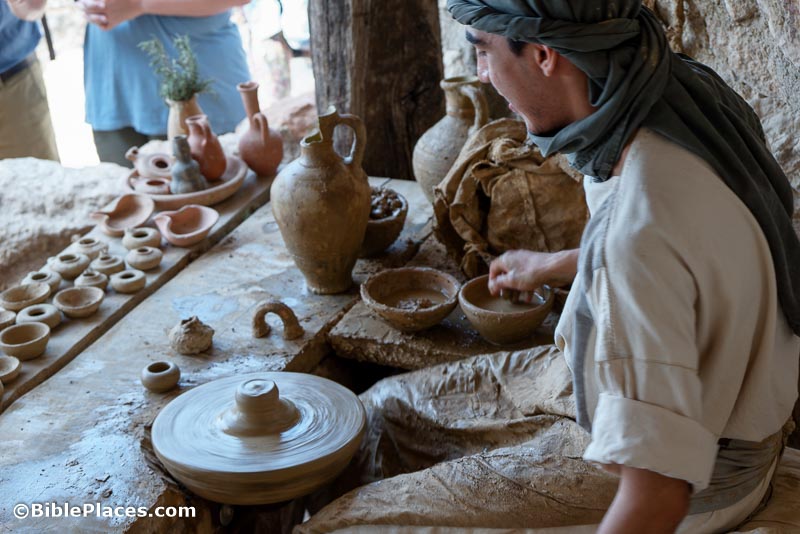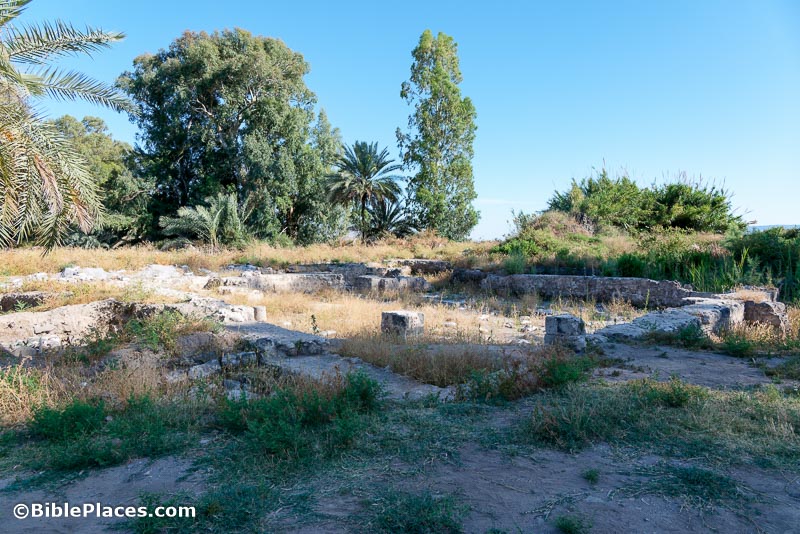“Temples for the Egyptian god Amun and the Greek goddess Aphrodite were found off of Egypt’s coast by a team of archaeologists.”
“A new Indo-European language was discovered during excavations in the Boğazkale district of Çorum, which is home to Hattusa, the capital of the Hittites.”
“A group of researchers has successfully extracted DNA from an ancient cuneiform brick for the first time, identifying over thirty species of plants present in the brick’s clay.”
“Back to School in Babylonia” is a new exhibition at the University of Chicago.
BAS Scholars Series online lecture on Sept 28: “Free Health Care Is a Miracle: Psalm 8, Jesus, and the Jerusalem Temple,” with Amy-Jill Levine ($10)
Hybrid lecture on Sept 29: “Babylon under the Achaemenids: The Greek Sources Re-considered,” by Johannes Haubold. Hosted by The Center for the Ancient Mediterranean (CAM) at Columbia University. Remote participants must register.
The Institute of Biblical Culture is launching a new Biblical Hebrew course. You can save $300 with the code BIBLEPLACES.
All of Doug Greenwold’s books from Preserving Bible Times are now available on Amazon Kindle.
HT: Agade, Joseph Lauer, Arne Halbakken

